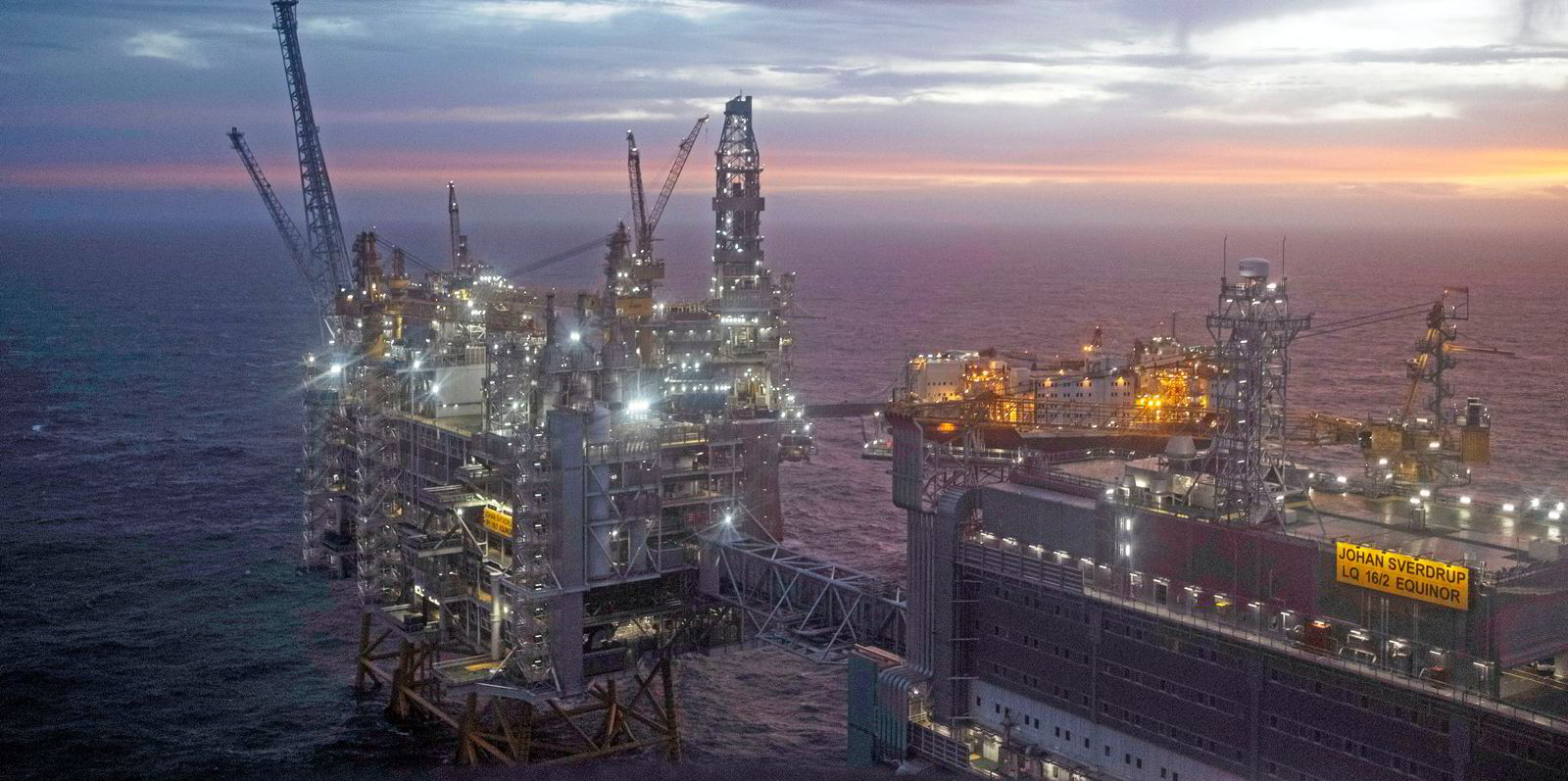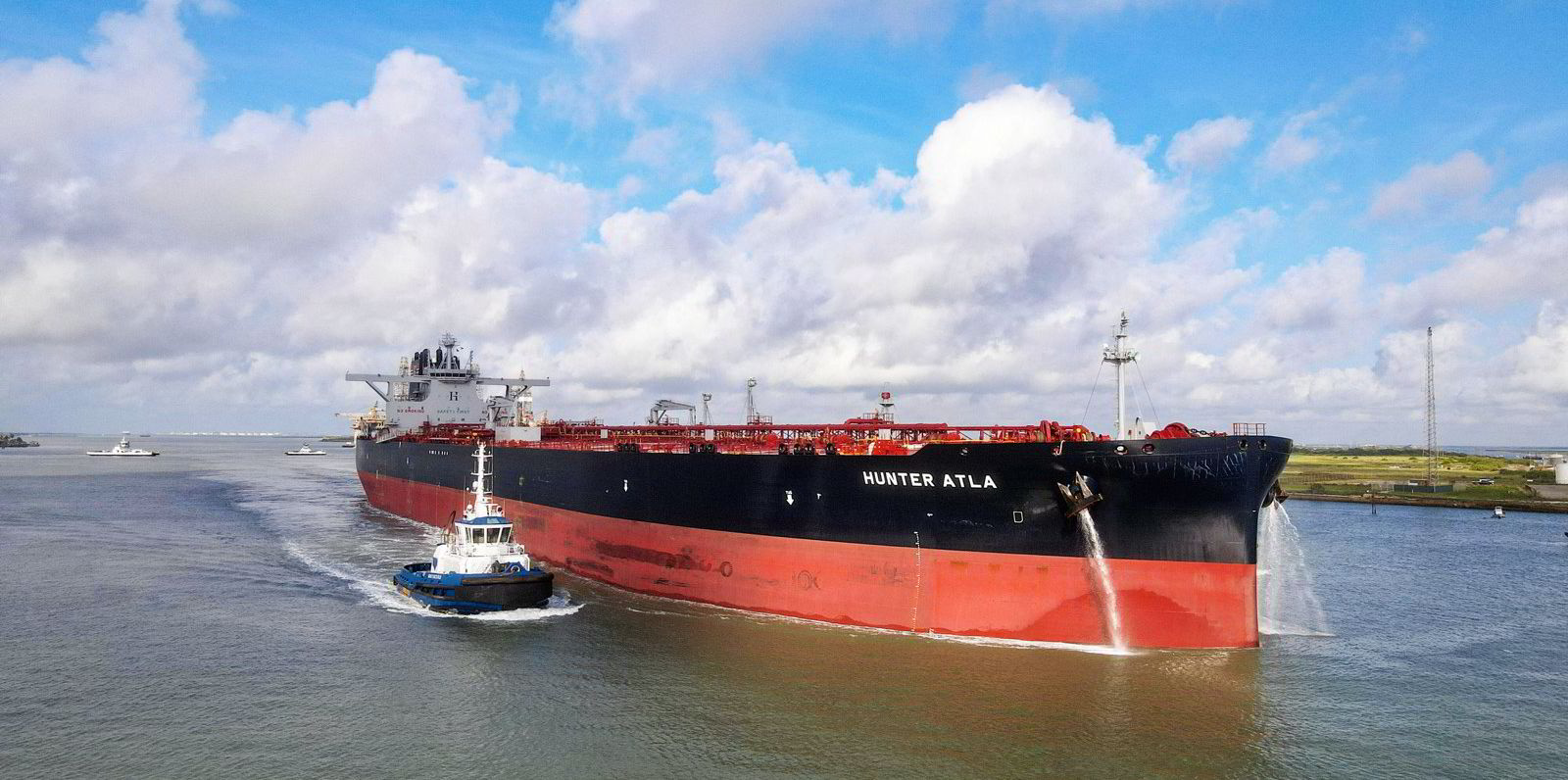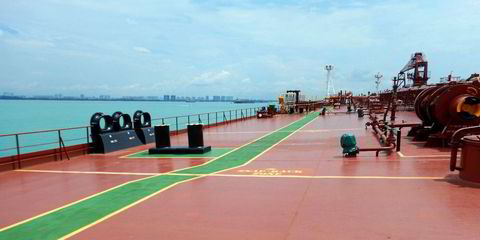Increasing North Sea crude exports to Asia are set to give a boost to VLCC owners, UK shipbroker Gibson believes.
Flow data suggests strong Asian demand for Equinor's Johan Sverdrup oil in particular, the broker said.
Kpler data shows the first quarter saw a 76% gain in exports of the grade to the East, compared to the same period a year ago.
This compares to an overall increase of 29% in North Sea shipments to Asia.
Centred on VLCCs
"The data also shows this trade is centred on VLCC tonnage, suggesting further increases in JS [Johan Sverdrup] volumes will be beneficial for VLCC tonne-miles," Gibson added.
The scenario is further supported by European refinery runs being unlikely to recover to pre-pandemic levels, in turn boosting exports out of the region on larger crude tankers, the UK shop said.
"With regional demand under pressure, long-haul exports are likely to grow," Gibson added.
Changing production and export trends are reshaping the traditional structure of the North Sea oil sector.
Output of traditional grades like Brent, Forties, Oseberg, Ekofisk and Troll are continuing to fall.
Traders 'alarmed'
Gibson notes "alarm" among traders that insufficient supply is imminent, which would reduce both market liquidity and the accuracy of contract pricing.
Since 2015, the combined production of the five grades collapsed by 25% to 870,000 barrels per day (bpd) during 2020.
"There is little sign of slowing declines in output in the near term due to insufficient investment, Covid-19, and persistent low oil prices relative to required breakeven levels," the broker said.
Ever-increasing volumes of sweet US crude, such as West Texas Intermediate, flowing into north-west Europe could fill the gap.
Kpler data shows a year-on-year increase of 14% in this trade in 2020, compared to 2019.
Equinor ramping up production
But Gibson believes only the increasing production of Johan Sverdrup crude can offset the drop elsewhere in the North Sea.
Production of the crude should reach a planned 500,000 bpd by mid-2021, and 720,000 bpd by the last three months of 2022, according to Equinor.
The field benefits from very low break-even rates of $20 per barrel, and an attractive environmental profile due to its connection with low carbon renewable shore-based hydroelectricity, Gibson said.
Clarksons Platou Securities said spot tanker rates have slipped in recent days.
VLCC rates were quoted at around $8,000 per day on Monday, although an eco-ship was earning closer to $14,000, and a scrubber-fitted eco-ship is seeing earnings of $17,000.








